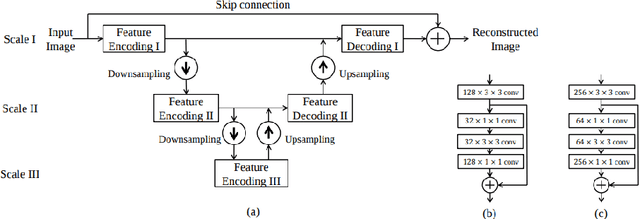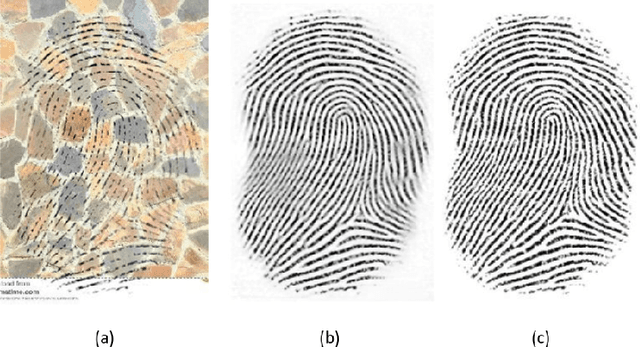Xiaojing Yu
Andrew
TypeFly: Flying Drones with Large Language Model
Dec 08, 2023Abstract:Commanding a drone with a natural language is not only user-friendly but also opens the door for emerging language agents to control the drone. Emerging large language models (LLMs) provide a previously impossible opportunity to automatically translate a task description in a natural language to a program that can be executed by the drone. However, powerful LLMs and their vision counterparts are limited in three important ways. First, they are only available as cloud-based services. Sending images to the cloud raises privacy concerns. Second, they are expensive, costing proportionally to the request size. Finally, without expensive fine-tuning, existing LLMs are quite limited in their capability of writing a program for specialized systems like drones. In this paper, we present a system called TypeFly that tackles the above three problems using a combination of edge-based vision intelligence, novel programming language design, and prompt engineering. Instead of the familiar Python, TypeFly gets a cloud-based LLM service to write a program in a small, custom language called MiniSpec, based on task and scene descriptions in English. Such MiniSpec programs are not only succinct (and therefore efficient) but also able to consult the LLM during their execution using a special skill called query. Using a set of increasingly challenging drone tasks, we show that design choices made by TypeFly can reduce both the cost of LLM service and the task execution time by more than 2x. More importantly, query and prompt engineering techniques contributed by TypeFly significantly improve the chance of success of complex tasks.
U-Finger: Multi-Scale Dilated Convolutional Network for Fingerprint Image Denoising and Inpainting
Aug 05, 2018



Abstract:This paper studies the challenging problem of fingerprint image denoising and inpainting. To tackle the challenge of suppressing complicated artifacts (blur, brightness, contrast, elastic transformation, occlusion, scratch, resolution, rotation, and so on) while preserving fine textures, we develop a multi-scale convolutional network, termed U- Finger. Based on the domain expertise, we show that the usage of dilated convolutions as well as the removal of padding have important positive impacts on the final restoration performance, in addition to multi-scale cascaded feature modules. Our model achieves the overall ranking of No.2 in the ECCV 2018 Chalearn LAP Inpainting Competition Track 3 (Fingerprint Denoising and Inpainting). Among all participating teams, we obtain the MSE of 0.0231 (rank 2), PSNR 16.9688 dB (rank 2), and SSIM 0.8093 (rank 3) on the hold-out testing set.
 Add to Chrome
Add to Chrome Add to Firefox
Add to Firefox Add to Edge
Add to Edge